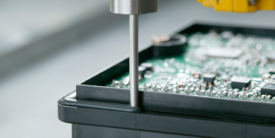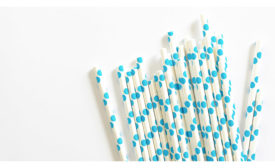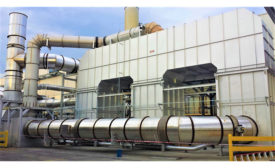Home » bonding
Articles Tagged with ''bonding''
This film adhesive can bond resins like polycarbonate, polyethylene terephthalate, and nylon with metals such as aluminum, iron, and copper.
Read More
Ask Dr. Dave
Bonding with Differing Coefficients of Thermal Expansion
We have a problem maintaining adhesion to two steel surfaces at divergent temperatures because of the response of materials to thermal conditions when going through heating and cooling cycles.
August 17, 2021
Ask Dr. Dave
Adhesives for Fiberglass Bonding
What are the best adhesives for bonding fiberglass components?
July 20, 2021
How Can Adhesives and Sealants Improve Equipment Reliability?
When implemented correctly, adhesives and sealants can play a critical role in improving equipment reliability and lowering maintenance and operational costs.
June 10, 2021
Top 5 News that Sticks
Readers Drawn to DuPont’s European Expansion
An announcement from DuPont regarding increased adhesive capacity in Europe drew the most reader interest last week.
June 7, 2021
Avery Dennison Performance Tapes Completes Bonding Study with Armacell
The study classifies the performance of Avery Dennison Core Series adhesives when used with Armacell component foams.
May 27, 2021
H.B. FULLER: Adhesives for Paper Straws
The technology comes as global regulatory single-use plastics bans go into effect across the globe.
April 20, 2021
Ask Dr. Dave
Superglues vs. Polyurethane Glues
Should I use superglue or one of the new polyurethane glues for general-purpose assembly and home repairs?
April 19, 2021
Improving Efficiency and Sustainability in Composites Bonding
A new system comprising a curing oven, regenerative thermal oxidizer (RTO), and secondary and tertiary heat exchangers can help reduce operating costs while ensuring the safe removal of volatile organic compounds during composite bonding processes.
March 24, 2021
Keep the info flowing with our eNewsletters!
Get the latest industry updates tailored your way.
JOIN TODAY!Copyright ©2025. All Rights Reserved BNP Media.
Design, CMS, Hosting & Web Development :: ePublishing











